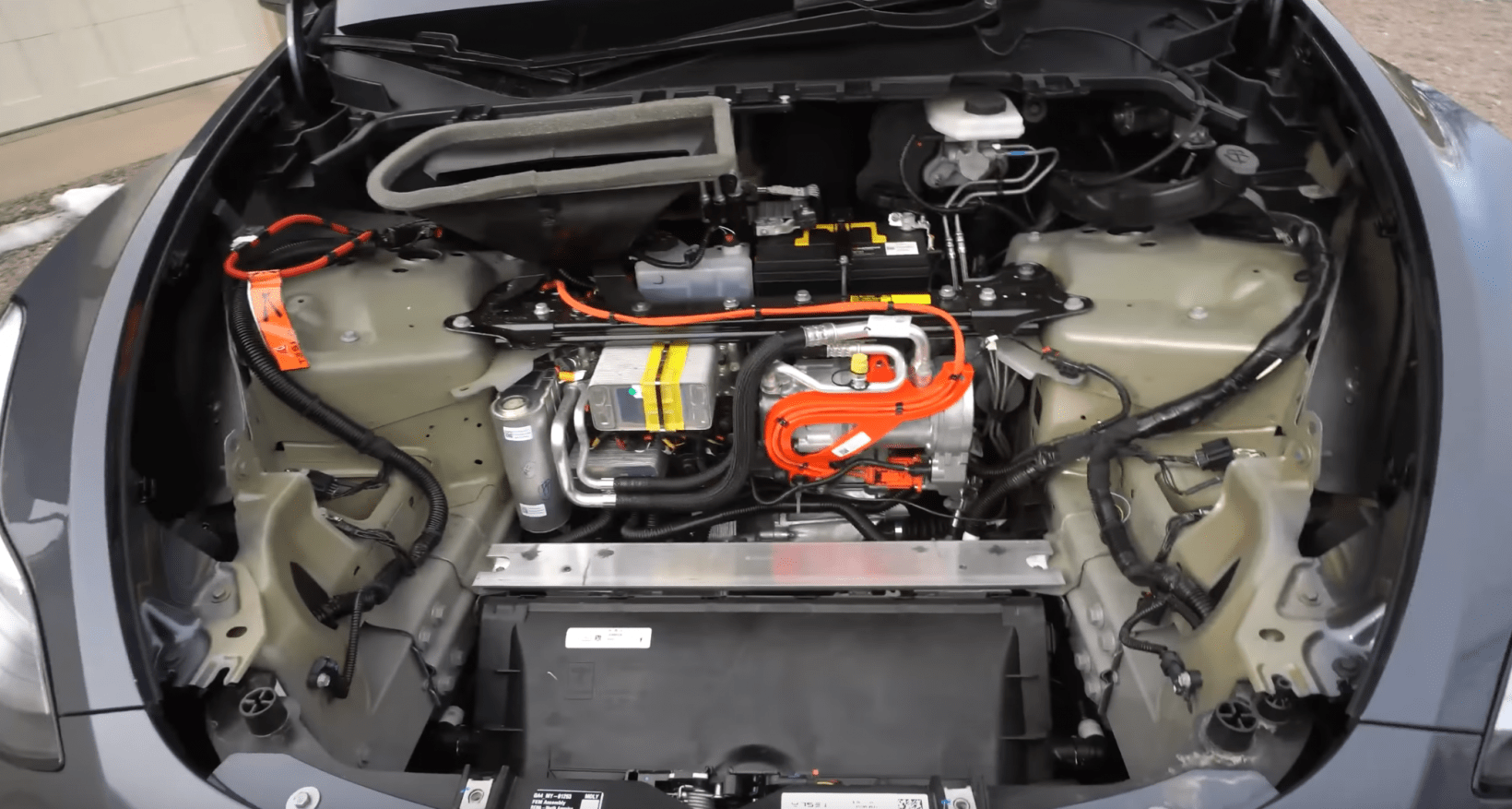They’ve been hailed as a money saver, an essential feature for EVs, and in some cases: a game changer. What am I talking about? Heat pumps of course! The idea is that heat pumps prevent excess heat created by an EV’s battery and drivetrain from going to waste. They absorb the excess heat generated by EV‘s battery and drivetrain to improve the car‘s efficiency, range, and driving experience. The name sounds simple enough, but what exactly do they do? And why are they important for electric vehicles? Let’s dive in and answer some of those questions.
What is it?
Put simply, a heat pump is a device used to move heat around an electric vehicle. Similar concepts are used in combustion engine cars, but we don’t care about those right now. Reversible heat pumps can also generate heat, and then move that around an EV as it’s needed, but we’ll get on to that later.
Let’s go deeper
But why do we need to move heat around? Well, to be honest, we don’t. We could simply cool the battery and motors, and dump that heat back into the atmosphere using radiators. But that’s kind of wasteful, and that’s not at all in the spirit of electric vehicles. One core function that heat pumps perform, is to take heat away from the hot parts of the car that would otherwise be wasted, and direct it to the passenger cabin. This means that the EV doesn’t need to use its battery to power a resistive heater, to keep passengers comfortable. Less use of the main battery means improved range and improved efficiency. See how this is working? It’s really simple. This is all fine when temperatures outside the vehicle are just cool, but what about when it’s much much colder? [Read: How much does it cost to buy, own, and run an EV? It’s not as much as you think]
What about when it’s freezing?
Reversible heat pumps also have the ability to generate heat, which can be incredibly useful when ambient temperatures outside the vehicle are below freezing. The downside of electronics, like batteries, motors, and computer chips, is they perform best in a very narrow temperature window. As cold climate EV drivers know, an ice-cold battery is very inefficient and can have a detrimental impact on range. Here’s where reversible heat pumps come in. As mentioned, reversible heat pumps can also generate heat. They do this by compressing the refrigerant that flows through the cooling system — under compression, refrigerants get hot. That heat can then be moved around the car’s cooling and heating system to put heat where it’s needed, for example in the battery. It’s actually more efficient to use warm the battery before setting off on your journey, instead of waiting for it to warm itself through use. What’s more, as most EVs can “precondition” before unplugging from their charger, you can leave with a warm battery, full of power, that won’t be adversely impacted by the cold weather. If you’re keen to go into even more detail on how heat exchangers and pumps work, watch this video from Jason Fenske at Engineering Explained over on YouTube.
What’s the fuss?
Hopefully that all makes sense. Heaters can create perfect operating temperatures for the battery in freezing situations. And in non-freezing, but cold, situations they can heat up the cabin and save battery power. Some claim that Tesla’s heat pump system in its Model Y is 300% more efficient than its resistive heating unit that it has used previously. This can have a dramatic impact on range when driving in cold weather. Well-known EV reviewer and tester Bjorn Nyland, tested two near identical Tesla Model 3’s, one with a heat pump and one without, and seemed to confirm this boost in efficiency. Nyland used camp mode, a setting which maintains a cabin temperature, to see how much more efficient the heat pump is compared to the older heating ventilation and air conditioning (HVAC) system. After three hours of maintaining a cabin temperature in frosty Norway, the heat pump-equipped Tesla had lost 3% of battery charge, whilst the older Model 3 lost 10%. Watch his full test here. It’s not just Tesla that’s using heat pumps, though. Nissan claims to be the first to have used the tech on a mass market EV, and they can also be found in BMW i3s too. If anything, Tesla was kind of late to the party, but is now installing its tech on its new vehicles. It goes without saying, anything that improves the range and efficiency of an EV is a good thing. Heat pumps get a thumbs up from us. SHIFT is brought to you by Polestar. It’s time to accelerate the shift to sustainable mobility. That is why Polestar combines electric driving with cutting-edge design and thrilling performance. Find out how.

